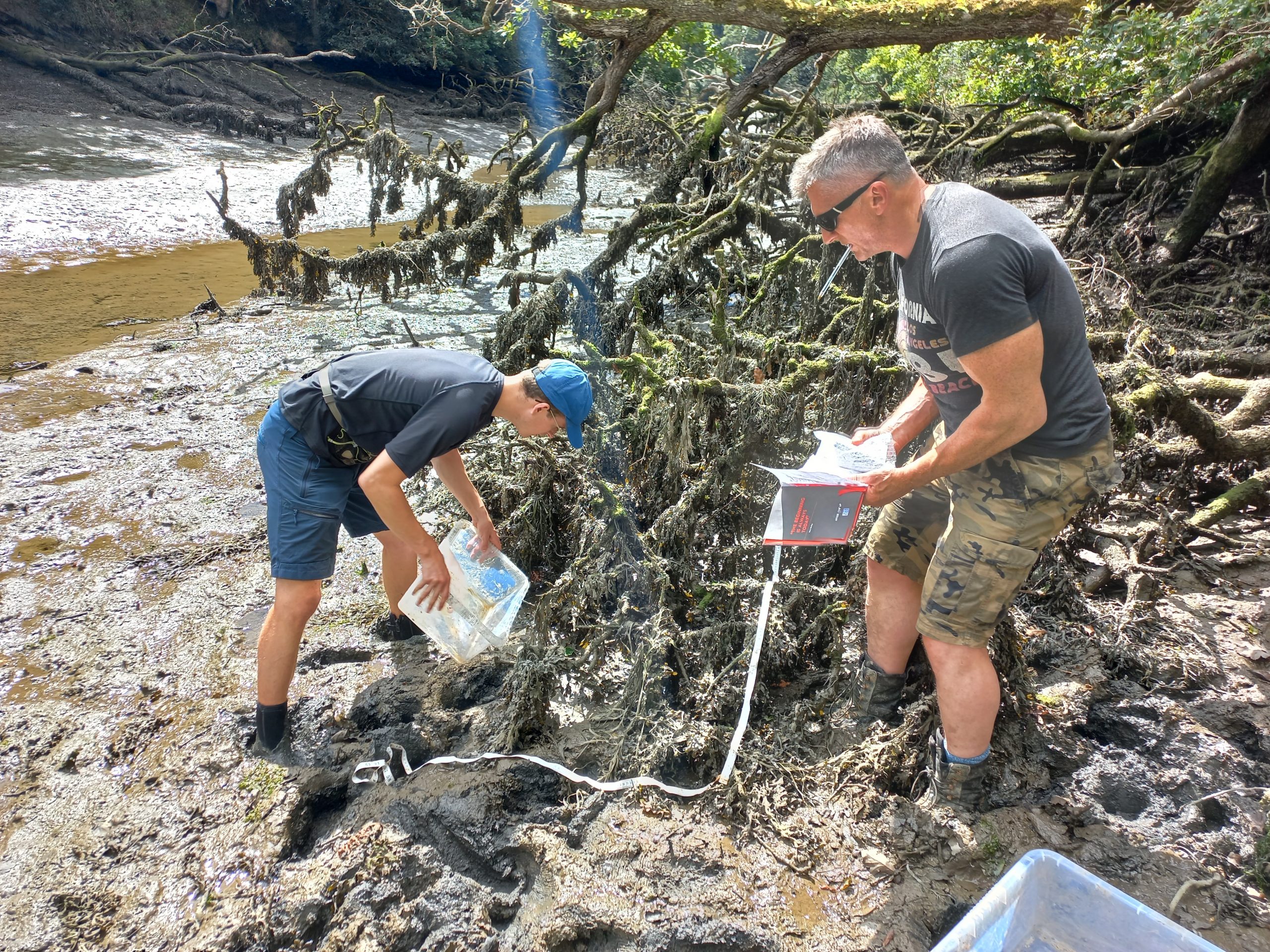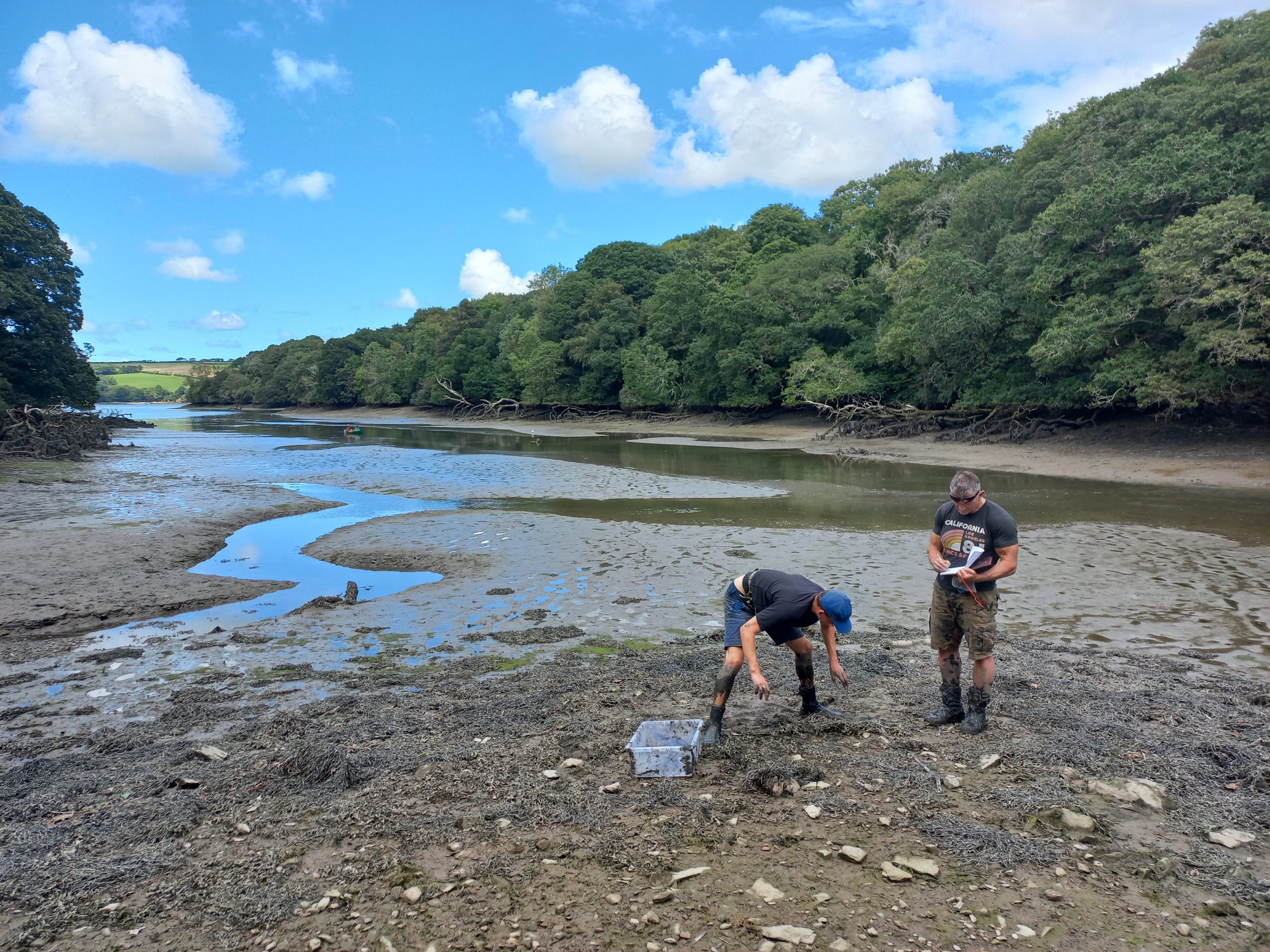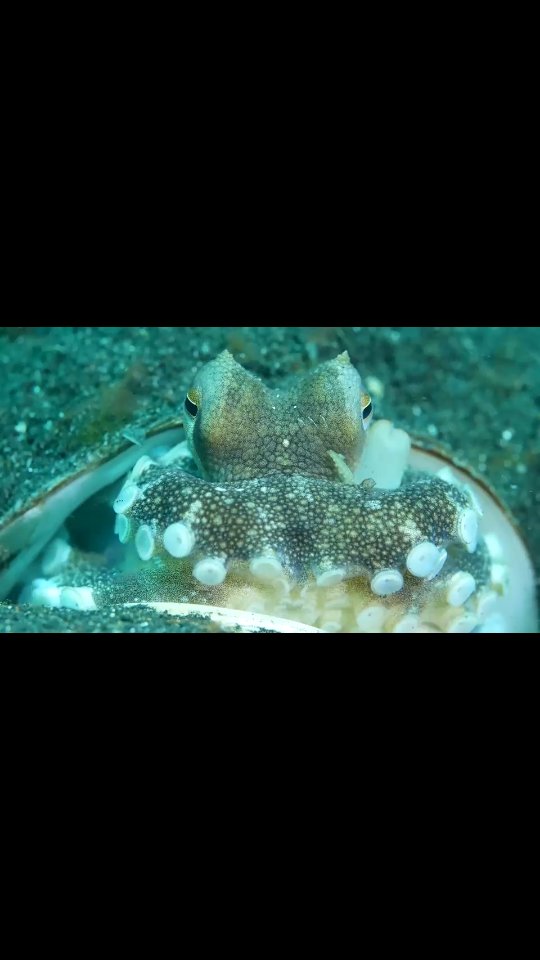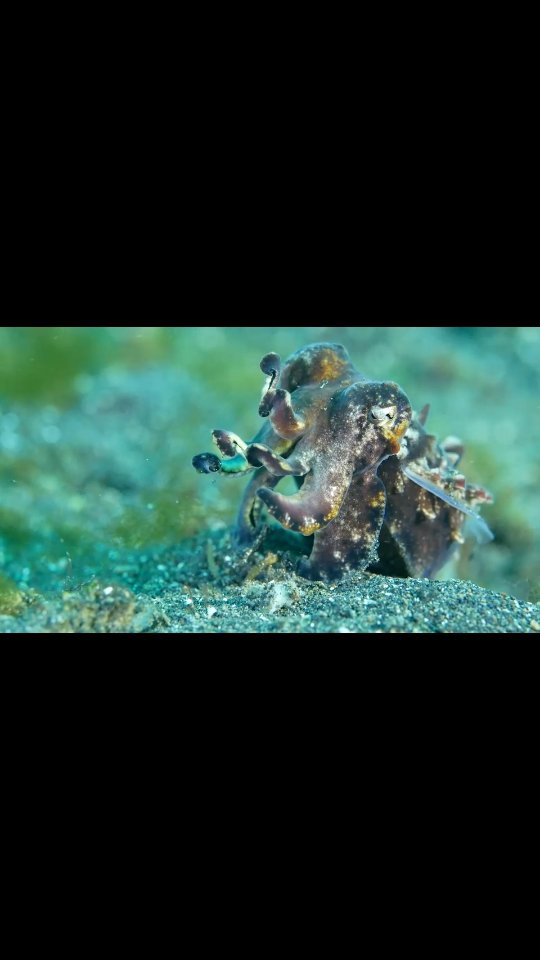Climate change is having a significant impact on coastlines and estuaries around the world. Severe weather events, rising sea levels and coastal erosion are an increasing threat to ecosystems and coastal communities. The climate protection offered by coastal habitats such as mangroves and salt marshes are well known, as are their ecosystem services and carbon sequestration opportunities they provide. We have always assumed there were three main types of vegetated coastal habitats in the UK that play key roles in protecting our coastline and nurturing our marine life: salt marsh, seagrass, and kelp forests. Our research has identified a fourth habitat found in various areas around sheltered UK coastlines.
In the estuary and tributaries in parts of Hampshire, Devon and Cornwall, the ancient coastal oak forests are protecting the shoreline and providing a habitat. The trunks and branches of the oak trees stabilise the soft sediment and provide a habitat and a nursery function for fish and invertebrates. The trees provide a critical ecological function that mirror mangrove forests in biodiversity and temperature buffering. These functions significantly benefit the vulnerable life stages of many marine species.
We have partnered with researchers at the University of Portsmouth, providing funding and resources to investigate this habitat. Its early days yet, but it is exciting and ground breaking research. A lot of data has already been collected but we need more so we can better understand this incredible habitat. We will update you as we find out more so make sure you keep watching this space.





















